ปลาทอง ปลาสวยงาม ชนิดแรกๆ ที่ เชื่อว่า หลายคน คงมีโอกาสได้สัมผัส ได้เลี้ยงดู ได้หลงเสน่ห์ ความน่ารัก ความอุ้ยอ้าย ของปลาชนิดนี้ กว่าร้อย สายพันธุ์ ที่เกิดจาก ความพากเพียร พยายาม ของมนุษย์ เรา
อุปกรณ์เลี้ยงปลาสวยงาม จากเว็บช้อปปิ้งชั้นนำ
ความคิดเห็นที่ 11

golfpy
(203.170.228.231)
[2006-03-24 19:00:56]
ความคิดเห็นที่ 14

tominari
(58.11.86.124)
[2006-03-24 19:35:36]
ความคิดเห็นที่ 16

TAoz
(125.25.136.127)
[2006-03-24 20:53:47]
ความคิดเห็นที่ 18

fatfish47
(203.147.11.10)
[2006-03-25 11:34:25]
ความคิดเห็นที่ 19

หนุ่ม
(203.164.147.150)
[2006-04-04 20:34:04]




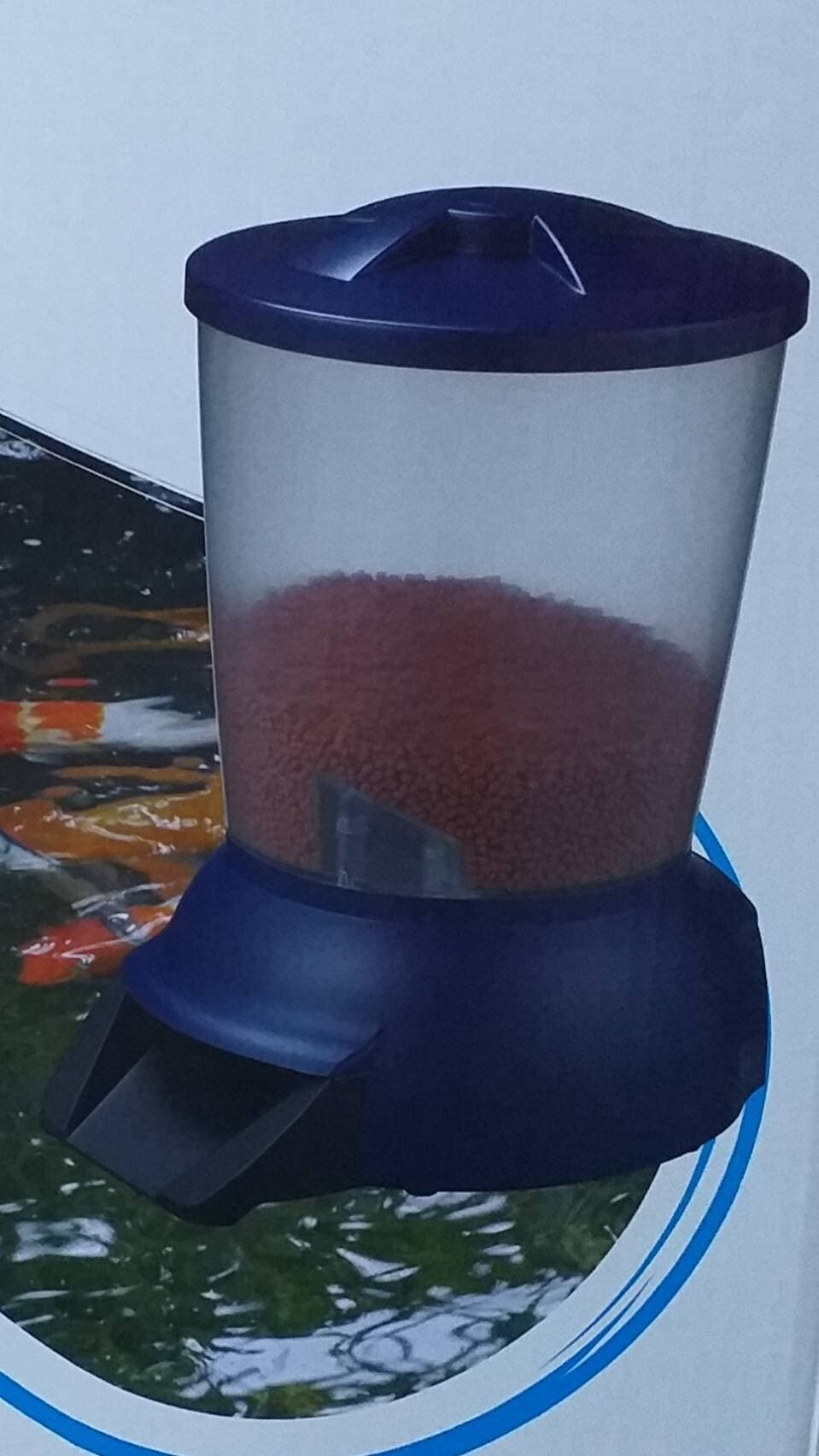
![[[โปรวันนี้]] ปั้มลมตู้ปลา ปั๊มลม Resun MPQ 905 ปั้มลมตู้ปลา ปั้มลมแบตเตอรี่พ่วงรถ ส่งฟรีทั่วไทย by shuregadget2465](https://th-live.slatic.net/p/3dd9d26af6c3b190abcafaf26e2ff7f1.jpg)
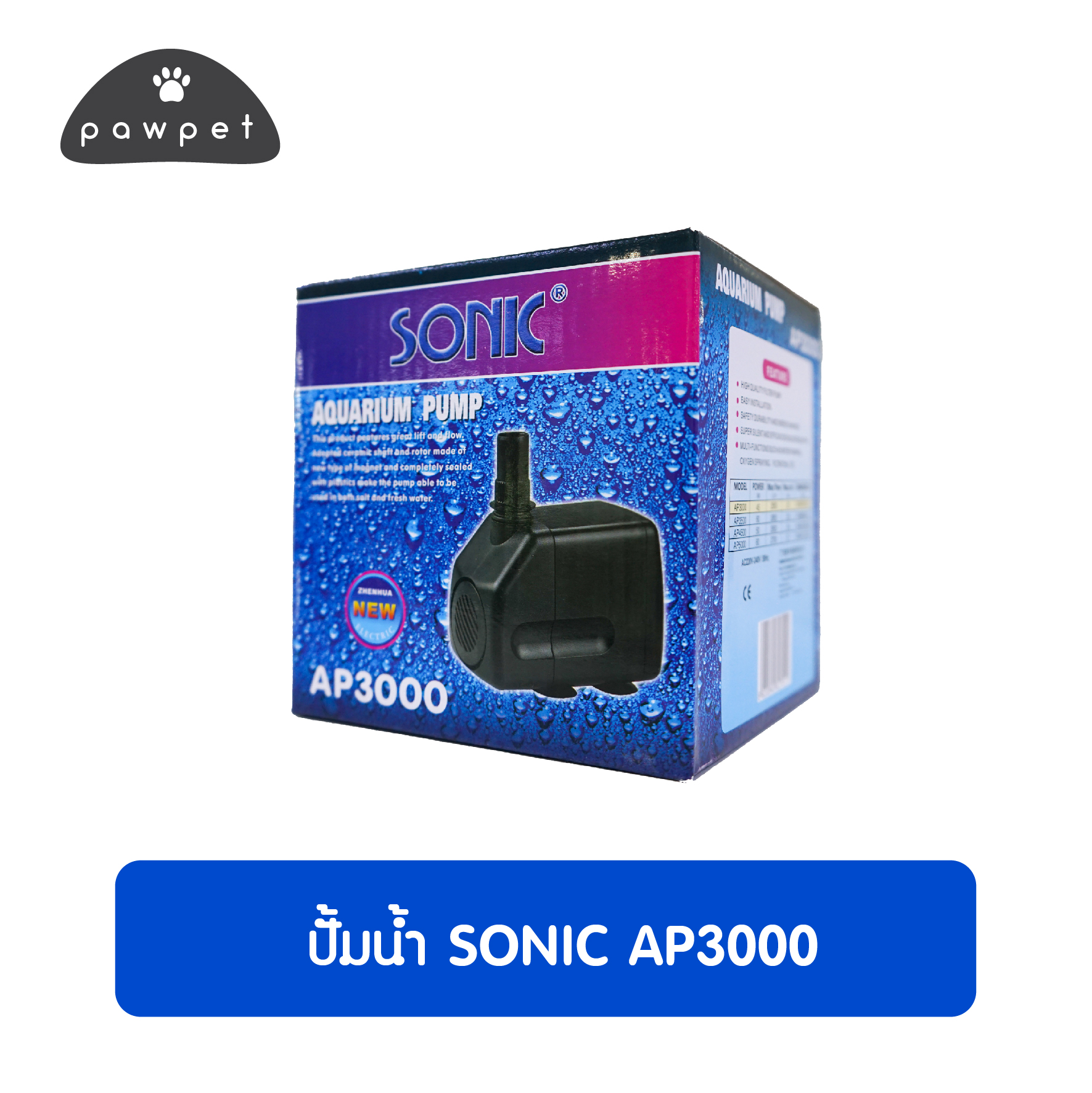

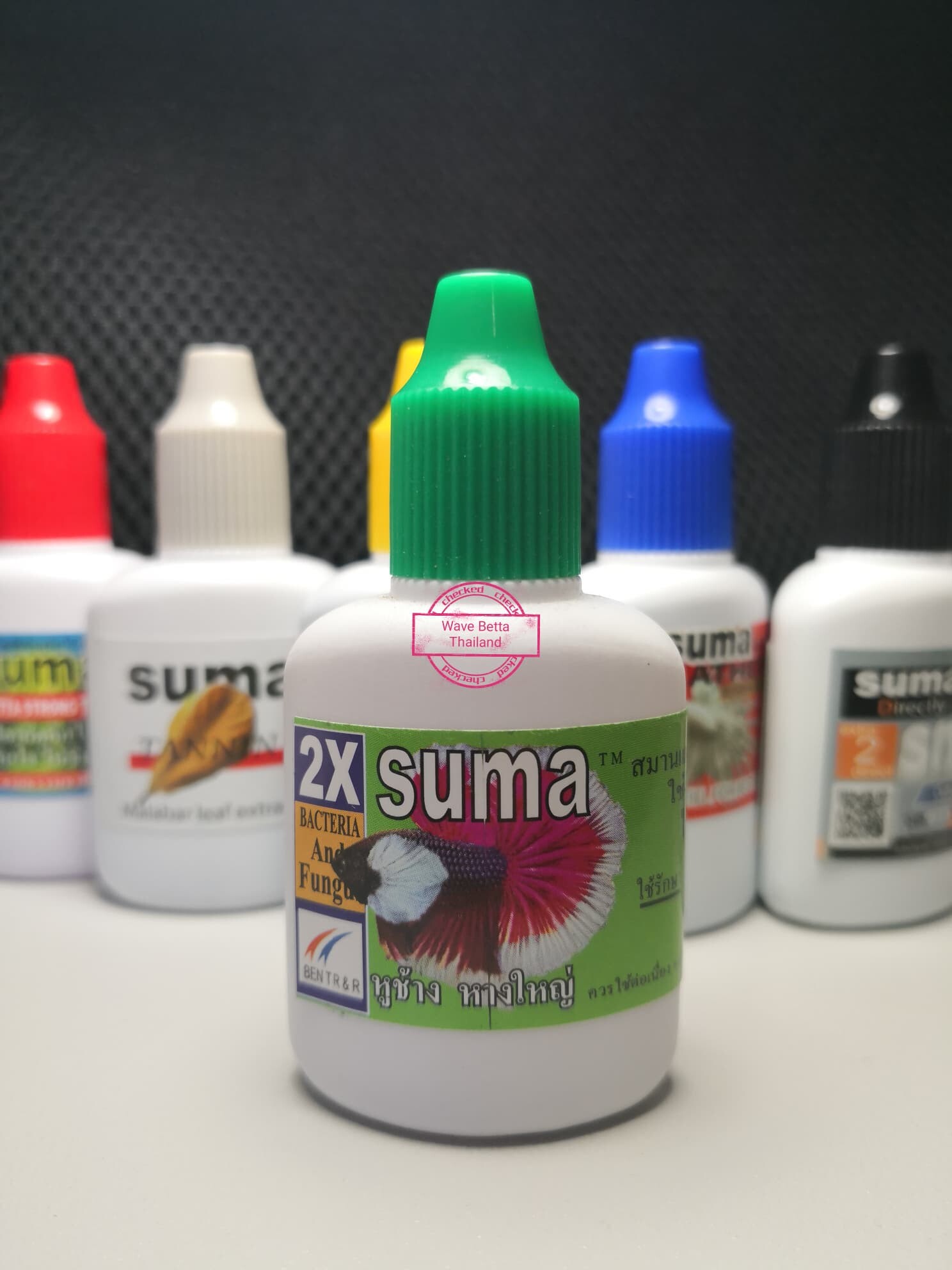
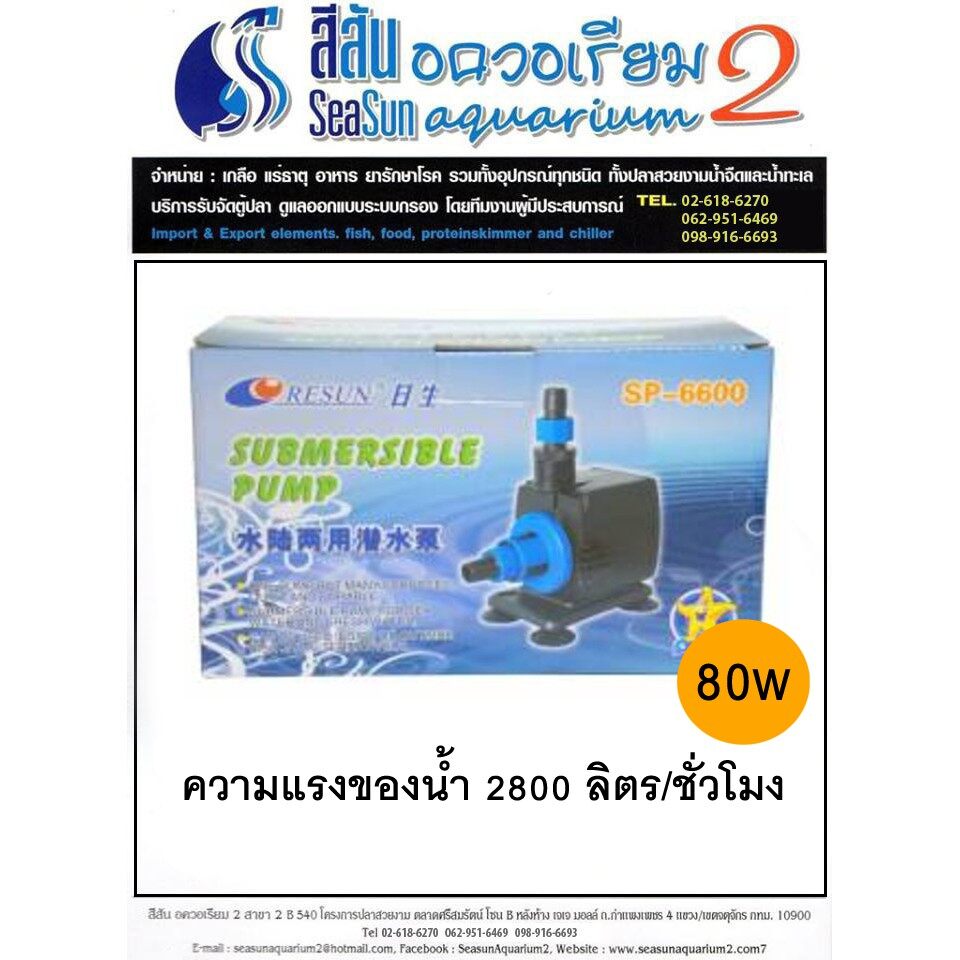
 Color change of Goldfish!
Color change of Goldfish!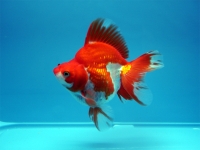 Are you you Killing your Goldfish with kindness?
Are you you Killing your Goldfish with kindness?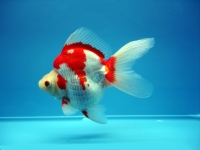 "What's the best way to store my fish food?"
"What's the best way to store my fish food?"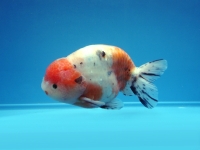 The importance of "Vitamin C" in Goldfish Food
The importance of "Vitamin C" in Goldfish Food 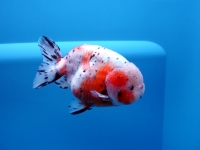
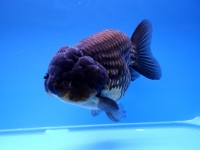 What are the three common reasons some goldfish change colors?
What are the three common reasons some goldfish change colors? The proper use of Antibiotics
The proper use of Antibiotics 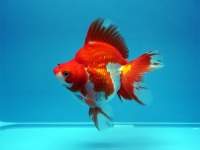 Enjoying fancy goldfish, what a great hobby!!
Enjoying fancy goldfish, what a great hobby!!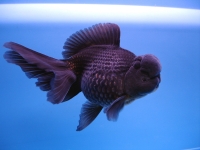 U. V. in the Goldfish Tank
U. V. in the Goldfish Tank 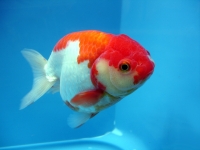 "Filtration Options for Goldfish Aquariums"
"Filtration Options for Goldfish Aquariums" 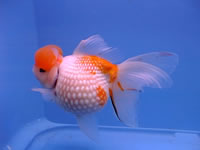 ก็มีประโยขน์นะครับ ค่อยๆอ่านดูจ้า
ก็มีประโยขน์นะครับ ค่อยๆอ่านดูจ้า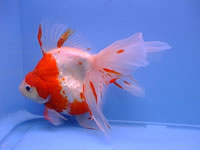 Source มันเป็นภาษาอังกฤษอ่า ค่อยๆอ่านคับ ฝึกภาษา อิอิ
Source มันเป็นภาษาอังกฤษอ่า ค่อยๆอ่านคับ ฝึกภาษา อิอิ 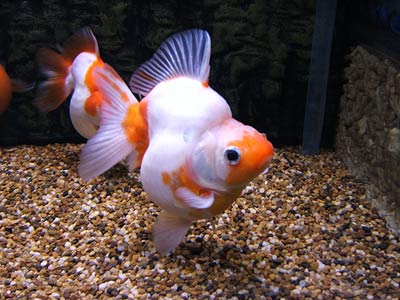
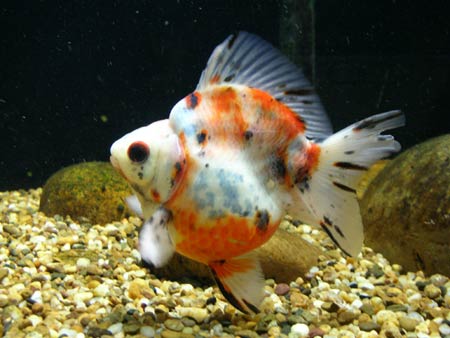
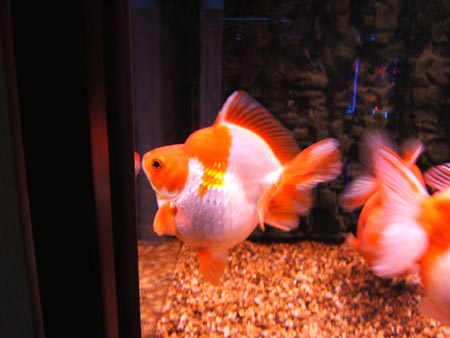
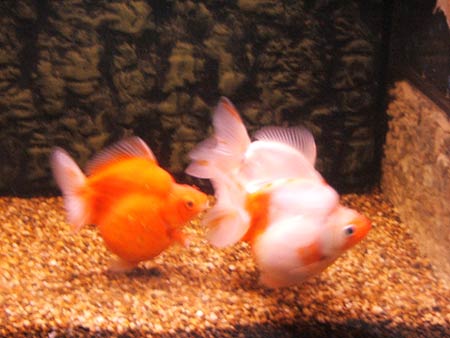
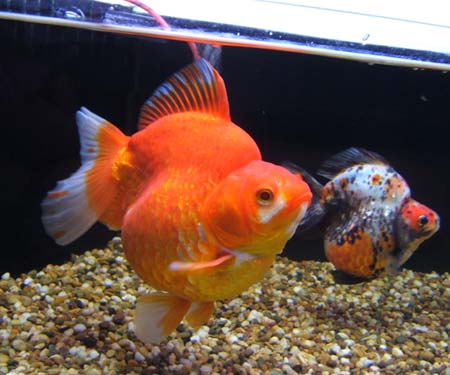
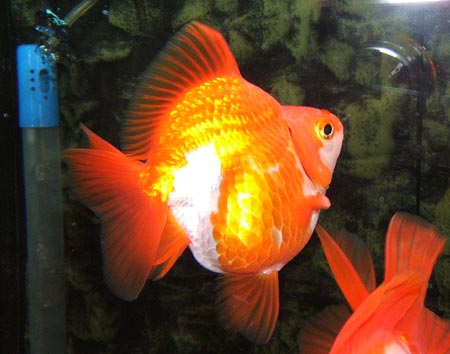
GOLDFISH CARE
The Golden Rule!
Quarantine ALL new Goldfish you add to your Goldfish Pond and Goldfish Aquarium and treat ALL new Plants.
Follow these five simple steps for proper Goldfish Care and reduce Goldfish Disease:
Quick Steps:
# 1 - Quarantine tank must be aged or have an aged filter.
# 2- Salt tank to, point 3 %, one tablespoon per gallon.
# 3 - Treat for flukes with Prazi-Pro .
# 4 - Look for anchor worm and fish lice, if found, treat Goldfish with Dimlin .
# 5 - Feed Medi-Gold for two weeks to treat for any bacterial problems.
Quarantine is a MUST, I\'ve seen beautiful collections of goldfish lost in Goldfish Ponds and Goldfish Aquariums because Goldfish Collectors did not quarantine their new goldfish.